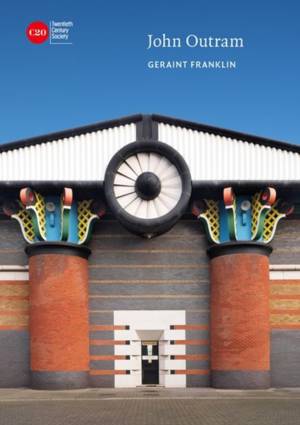
- Retrait gratuit dans votre magasin Club
- 7.000.000 titres dans notre catalogue
- Payer en toute sécurité
- Toujours un magasin près de chez vous
- Retrait gratuit dans votre magasin Club
- 7.000.0000 titres dans notre catalogue
- Payer en toute sécurité
- Toujours un magasin près de chez vous
93,45 €
+ 186 points
Description
This is the first major study of John Outram, whose decorative yet elemental architecture has captured the popular imagination. Outram launched his own architectural practice in 1974, soon securing a reputation for innovative, creative and monumental buildings. Their brilliant colours and exuberant gestures earned him a reputation as a post-modernist, but this book explores their deeper background in architectural history, metaphysics and mythology.
In addition to the major buildings - including The New House at Wadhurst, the Isle of Dogs Pumping Station and the Judge Institute - the book examines unrealised projects, including Bracken House and Ludgate in the City of London. Running through them all is a storytelling approach that draws upon the mythologies and architectures of the ancient world. This book shows how Outram's work reconciles iconography with a creative approach to building technology, posing questions about the recovery of architecture's traditional role of communicating shared values. Geraint Franklin draws on interviews and archival research to shed new light on this important architect. Richly illustrated with previously unpublished images from the practice archive and stunning new photography, the book will delight architects, students and anyone interested in learning more about this significant figure in late 20th century architecture.Spécifications
Parties prenantes
- Auteur(s) :
- Editeur:
Contenu
- Nombre de pages :
- 200
- Langue:
- Anglais
- Collection :
Caractéristiques
- EAN:
- 9781800856226
- Date de parution :
- 01-04-22
- Format:
- Livre broché
- Format numérique:
- Trade paperback (VS)
- Dimensions :
- 165 mm x 231 mm
- Poids :
- 566 g

Les avis
Nous publions uniquement les avis qui respectent les conditions requises. Consultez nos conditions pour les avis.






